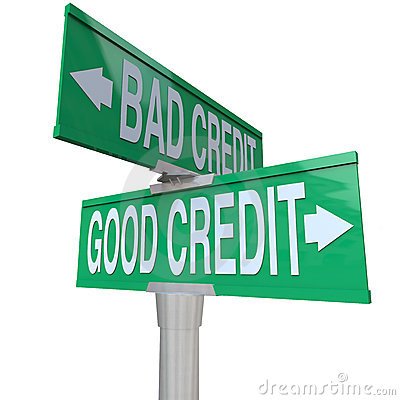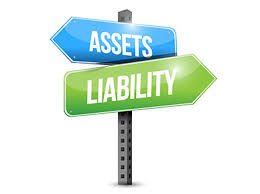Start Date:
04 November, 2025.
End Date:
06 November, 2025.
Course Overview
The valuation of companies is fundamental to the operation of the capital markets. It forms the basis of share trading and corporate finance activity, including capital raising, mergers, acquisitions, demergers and disposals. The ability of market participants to identify under or overvalued companies drives out-performance and the creation of shareholder value
Course Objectives
The purpose of this course is to analyze and practice a range of corporate valuation techniques, their appropriate application and their advantages and disadvantages.
Course Outline
Introduction to Corporate Valuations
- Valuation fundamentals
- Drivers of valuation – ROIC, WACC, growth, size
- Economic profit/EVA
- ROIC vs. WACC- computation and drawbacks
- Revenues, EBIT(DA), Net income/EPS, NAV
- Overview of following ratios: PE, PEG, EV/EBIT(DA), PB/NAV
- Dividend yield valuations
- Earnings vs. cash-flow
- Choosing comparable companies
- DCF valuations and financial modeling with Excel
- Calculating NPV and IRRs Advanced DCF methods
- Calculating debt and equity values directly
- Friendly/Hostile takeovers
- Mergers, Demerger/spinoff/break-up
- IPO/new equity offering calculations
- The premium payable
- Market conditions/sentiment/liquidity
- Operational and financial synergies, cost savings
- Shareholders concerns
- The impact of Capital Structure on Valuation
- Increasing equity value through use of debt
- Focus on shareholder value
- Companies suited to leverage
- Debt markets and credit ratings
- Analyzing debt capacity
- Leverage buyouts (LBO)
- Structuring LBOs
- Short-cut method to see if an LBO may be financially viable
- Typical covenants and financial forecasting
- Specific valuations
- High growth firms
- Cyclical firms
- Accounting factors and financial statements
- Accounting standards (IFRS, US GAAP)
- Accounting tricks to enhance profitability
- Analysis of historic results including ratio analysis
- Qualitative factors
- SWOT analysis
- Sovereign risk analysis
- Economy, currency, credit rating, political risks
- Industry risk analysis
- Good vs. difficult industry
- Porter’s 5 forces
- Industry life cycle (growth)
- Industry cyclicality (earnings quality)
- Competition (ROIC)
- Pricing dynamics, demand vs. supply (ROIC)
- Changing business environments
- Regulation (ROIC)
- Product characteristics (earnings )








